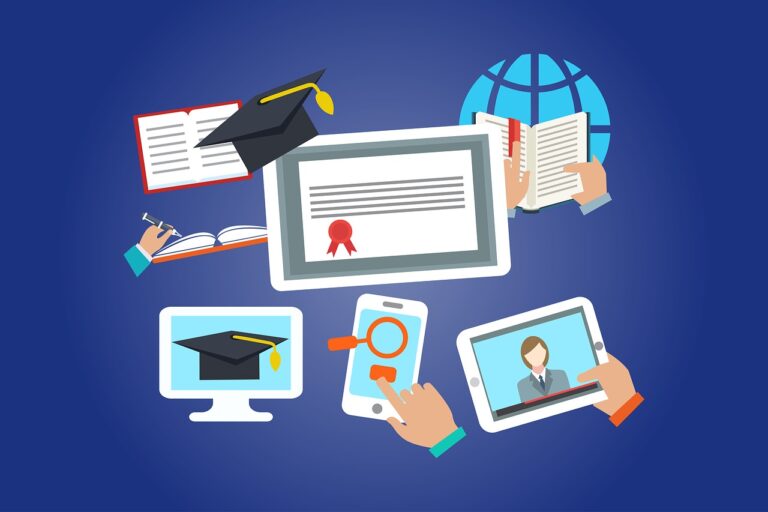The Evolution of Teacher Training Programs: Trends and Innovations
Traditional teaching methods have long been a fundamental component of education systems worldwide. Lectures, textbooks, and rote memorization have historically characterized the classroom experience, emphasizing the transfer of knowledge from teacher to student through direct instruction. This traditional approach prioritizes the dissemination of information over active student engagement, often leading to passive learning and limited opportunities for critical thinking.
However, as educational research continues to evolve, there is a growing recognition that traditional teaching methods may not meet the diverse needs of today’s learners. The one-size-fits-all model of instruction is being challenged by calls for more student-centered approaches that foster creativity, problem-solving skills, and real-world application of knowledge. In response to these insights, educators are exploring innovative pedagogical strategies that aim to create more dynamic and interactive learning environments for students of all ages.
Inclusive teaching methods that cater to diverse learning styles and abilities
Integration of technology to enhance student engagement and collaboration
Emphasis on critical thinking, problem-solving, and creativity in lesson planning
Incorporation of project-based learning and hands-on activities to promote active participation
Shift towards personalized learning experiences that empower students to take ownership of their education
Shift Towards Experiential Learning
Experiential learning has gained significant momentum in educational settings as a method to engage students actively in their own learning process. This approach moves away from rote memorization and passive listening by focusing on hands-on experiences, problem-solving tasks, and interactive group projects. By immersing students in real-life scenarios and practical applications of their knowledge, experiential learning allows them to connect theory with practice, fostering a deeper understanding of complex concepts.
Moreover, this shift towards experiential learning promotes critical thinking skills, creativity, and collaboration among students. By encouraging learners to explore, experiment, and reflect on their experiences, educators are able to cultivate a more holistic and student-centered approach to teaching. This student-driven methodology empowers individuals to take ownership of their learning journey, building confidence and a sense of independence in their academic pursuits.
Integration of Technology in Teacher Training
In the modern era of education, the integration of technology has become a pivotal aspect of teacher training programs. Embracing digital tools and platforms has transformed the way educators prepare for the dynamic demands of the classroom. Through online modules, virtual simulations, and interactive webinars, teachers can enhance their skills and stay abreast of the latest pedagogical trends.
Moreover, technology offers teachers the opportunity to collaborate with peers worldwide, sharing best practices and resources effortlessly. Virtual classrooms and digital forums create a space for educators to engage in meaningful discussions, exchange ideas, and gain insights from diverse perspectives. By incorporating technology into teacher training, educational institutions are equipping educators with the necessary tools to thrive in an ever-evolving educational landscape.
How has technology changed teacher training methods?
Technology has revolutionized teacher training by providing new tools and platforms for educators to enhance their skills and knowledge.
What are some examples of technology being integrated into teacher training programs?
Examples include online courses, virtual reality simulations, interactive whiteboards, and educational apps that help teachers learn and practice new teaching strategies.
How does experiential learning play a role in modern teacher training?
Experiential learning allows teachers to actively engage in hands-on activities, simulations, and real-world experiences to better understand and apply teaching concepts.
What are the benefits of integrating technology into teacher training?
Benefits include increased access to educational resources, personalized learning experiences, improved collaboration among educators, and enhanced teaching effectiveness.
How can teachers make the most of technology in their training programs?
Teachers can maximize the benefits of technology by staying updated on new tools and trends, collaborating with peers, experimenting with different technologies, and reflecting on their experiences to continuously improve their teaching practice.







